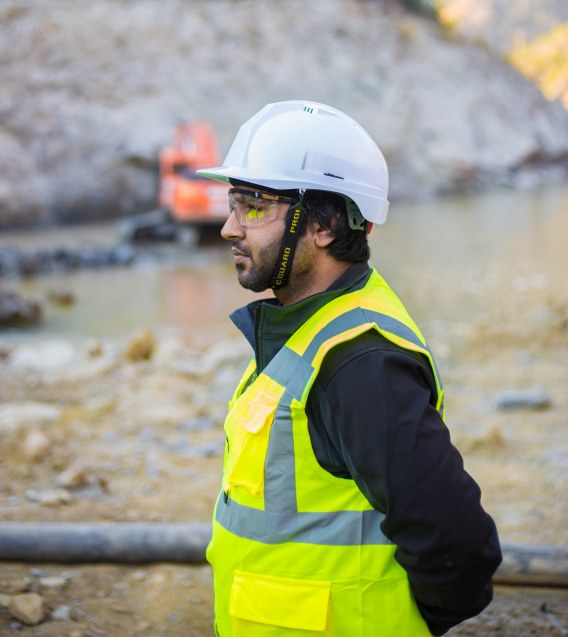
Risk Assessment and the requirement for work to be performed by a vaccinated worker
7 Apr 2022
With the recent changes to those employees affected by the Covid-19 Public Health Response (Vaccinations) Order 2021 and Government vaccination mandates no longer being in force for:
- New Zealand Police workers unless working in an environment where a mandate is required;
- New Zealand Defence Force workers unless working in an environment where a mandate is required;
- Early childhood and schooling education workers;
- Workers at food and drink services, events, close proximity services and indoor exercise facilities like gyms; and
- Work at tertiary education premises.
WorkSafe-Mahi Haumaru Aotearoa has provided further guidance regarding risk assessments under the Health and Safety at Work Act 2015.
Employers may still require work to be performed by a vaccinated worker. To do so, the employer must undertake a risk assessment (or review its current risk assessment) as Aotearoa-New Zealand progresses through the current COVID-19 community outbreak. In carrying out this risk assessment, the employer should approach it with an open mind (i.e. it should not have predetermined the outcome it wants, consistent with an employer’s obligations of good faith towards its employees).
The review of the risk assessment will require an employer to consider what has changed, and how it may have changed in the business, along with considering new/ongoing Public Health advice with respect to the ongoing community outbreak. A key factor to consider when considering whether work needs to continue to be performed by a vaccinated worker, is whether the risk of contracting and transmitting COVID-19 is higher in the workplace than in the community. This is the rationale for those workforces still covered by the Vaccination Order.
WorkSafe’s guidance provides that the Public Health justification for requiring vaccination is stronger when the risk of contracting and transmitting COVID-19 at work is higher than it is in the community. The guidelines still provide, in determining whether the risk in the workplace is higher than in the community:
- Is there a greater risk of the worker being exposed to new variants at work than in the community?
- Does the worker regularly, as part of their work, interact with people who are at greater risk of severe illness if they contract COVID-19?
- Does the worker interact with people who are less likely to be vaccinated against COVID-19?
- Does the worker work in a confined indoor space (less than 100m2) and involve close and sustained contact with others?
The employer will also need to consider any other risk factors that are relevant to its own business and employees. When deciding on what controls to implement, the HSWA requires employers to consider what is reasonably practicable in the circumstances – these can include other public health measures such as staying home when sick, working from home where practicable, requiring mask use in indoor settings, physical distancing, ventilation, and basic hygiene practices. It may also include a testing regime.
Where there is a third-party requirement for an employee to be vaccinated, rather than as part of the health and safety risk assessment, then that will need to be considered as part of a business risk plan, and any potentially affected employees will need to be consulted with regarding any impact on their ongoing employment, or ability to work on certain (third-party) sites.
WorkSafe has clearly stated that it considers that outside of the sectors still covered by the Vaccination Order, that there are few workplaces that would be able to justify a vaccination requirement for health and safety or public health reasons, with the exception of specific roles. WorkSafe has also made clear that its approach to enforcement to the HSWA risk assessment is that it is its expectation that an employer:
- Follows public health guidance when carrying out its risk assessment;
- Engages constructively with its workers (and their representatives); and
- Regularly reviews the risk assessment as the situation changes.
These requirements dovetail nicely into an employers’ obligations pursuant to the Employment Relations Act 2000 – i.e. to act as a fair and reasonable employer could in all the circumstances and to act in good faith.
As always, there will be nuances with the health and safety risk assessment for individual businesses, and roles within those businesses.
If you have any questions, please do not hesitate to reach out to our specialist employment law team on 07 282 0174 or email us directly.
Content from: www.dtilawyers.co.nz/news-item/risk-assessment-and-the-requirement-for-work-to-be-performed-by-a-vaccinated-worker





